How Well Do You Know Your Motorcycle? - Motorcycle.com
How Well Do You Know Your Motorcycle?
There was a time when being a motorcyclist also meant being a mechanic – or at least being mechanically inclined.
Far better designs and production quality have made modern motorcycles pretty reliable. Numerous fail-safe features and improved technologies make it theoretically less likely that a malfunction could put you down, but this does not mean it’s now OK to disregard all caution.
Learning how things work and what systems or components need the most attention will at least reduce your bike’s chances of a premature failure and could also prevent a crash.
Getting to know your bike as well as you can still makes a lot of sense. Learning how things work and what systems or components need the most attention will at least reduce your bike’s chances of a premature failure and could also prevent a crash.
There is also something to be said for a properly functioning, well-maintained machine. Riders who take better care of their bikes benefit from a more precisely operating motorcycle, and this improves the quality of the whole experience.
A safety inspection – if required in your state – is really just a baseline. Many items need regular inspection, cleaning, lubricating, adjusting, or replacing. Acquainting yourself with the maintenance schedule in your motorcycle operator’s manual (MOM) is also just a starting point.
Following are some things to consider, as loosely derived from the Motorcycle Safety Foundation’s “T-CLOCS” inspection checklist.
The MSF recommends you inspect immediately before a ride, but keep in mind that if you wait until minutes before that Sunday morning trip and only then find a problem, your day could be over before it starts. Checking after a ride or well before your next one is the preferred time to look things over. Rechecking just before heading out would also be advisable.
Some of these inspections will be easier if you have a suitable front and/or rear maintenance stand (if your bike has no center stand).
Tires
As many a rider could tell you, you can install a new tire and have to immediately replace it. How? By picking up a nail, screw, or other piece of metal is a common way. A puncturing piece can hold air in so you may not immediately know anything is wrong unless you see it. However, if you have a blowout, you’ll be sorry you didn’t check.
Catching the metal in a tire before any damage is done could prevent having to repair or replace the tire at all.
Regularly rolling the tires and inspecting them may be the single most important check you do. Being able to identify worn treads or wearing patterns in them is also a prerequisite to your safety and control.
A rear tire can be ready for replacement before it is down to the wear bar if you have done burn-outs, hard launches, or lots of wheelies. Squared off tires can be ridden, but they are not ideal. As for the front tire, practicing hard braking – especially with big sportbikes with soft compound tires – while otherwise recommended, is also a sure way to cup or feather the front tire’s center tread area, and prematurely wear it out.
Knowing what cold pressure to set tires to is also important, as is checking it at least weekly. The MOM will tell you about the original tires, and the tire manufacturer is the best info source for aftermarket tires. Not all pressure gauges are accurate either. And as a precision instrument, if you drop a dial gauge, for example, it can affect the calibration.
Wheels
Slamming a pothole or steep driveway lip or anything else can dent or crack wheels. Don’t take them for granted. A good time to look them over is if you regularly clean them. Lifting the wheels off the ground, and inspecting bearings for tight seals, proper adjustment and operation (smooth, quiet, no side-to-side slop) is also recommended.
Suspension
Do you know how to adjust sag, rebound and compression damping? These affect how you control the bike and how fun it is to ride. There are a few methods out there, and usually involve a buddy or two helping you take measurements while you sit on the bike.
Oil and coolant
How’s the engine oil level? If the bike is liquid-cooled, how’s the coolant? Do you change the fluid on time?
Have you done enough research on the best oil for your needs, and longevity of your bike? We are not going to touch the hot ongoing debate over “the best” oil or lubrication issues here, but you should still ask around, read, and be sure of your decision.
Critical fasteners and plugs
Even if you have all your work done at a shop, if you are unfamiliar with their work it does not hurt to recheck tightness on critical components if they serviced them, especially the oil drain plug, axle nuts, front axle pinch bolts, brake caliper retaining hardware, and shaft drive drain bolts. Otherwise, you should be sure these items are tightened to spec. If any fasteners normally use retaining clips or cotter pins make sure they are in place.
Hand and foot controls
A snapped clutch cable can make getting home kind of tough. An out-of-adjustment throttle cable – assuming you don’t have fly-by-wire – makes for less precise control. The molded ball ends on levers are there so you don’t skewer yourself in any situation. Lubing control cables and making sure they are not frayed and are properly adjusted is part of bike ownership.
The levers and pedals can also be positioned and adjusted for optimal performance and control.
Brake system
Brake lines should be replaced when the manufacturer says they should. Yes, they can last twice as long, but why take a chance?
Do you know how to look at brake pads and see what shape they are in? Brake fluid level should be to spec, and changed on schedule.
When you need to replace components you might want to look into upgrading to a higher quality aftermarket stainless or Kevlar brake line if the bike did not come with them. Adding higher friction pads for improved stopping is another option. This is not saying original equipment is bad, but there may be better choices too, and brakes – especially the front – are never something to skimp on.
Electrical
Is your brake light working, and does it come on when you want it to for both brakes? How about your signals or running lights? If you run accessories or extra lights do you know the output of your charging system?
While on the subject, if you use devices like Bluetooth, GPS, CBs and the like, are these items excessively distracting you? According to Dennis Martin, owner of Martin Motorsports, a multi-brand dealership in Boyertown, Pa., about 40 miles outside of Philadelphia, “this is well documented with cars but nobody knows how it is affecting motorcyclists.”
Overall
Riding a motorcycle is ideally a more personal and involved experience. If you ride a cruiser, sportbike, dual purpose, or tourer, there are issues particular to your bike beyond the general ones touched on here.
For example, do you know how much fuel your bike holds, and how many miles per gallon you can expect with easy riding versus hard charging? How far can you go on reserve before you run out of gas? If you don’t want to be stranded some day this is good to know.
Ignorance is not bliss. One MSF-certified instructor recently recalled a conversation with someone who’d been riding for 20 years who told him his bike weighed 1,100 pounds. Turns out this rider had looked at the gross vehicle weight rating (bike weight plus max carrying capacity), and had it in his mind that this was what his bike weighed.
Another rider told him that because he takes off for months in the winter, he has to “re-learn” to ride each spring. With reliable electrically heated clothing and other great winter gear readily available, some might want to think about at least some riding year-round. You won’t get as out-of-practice that way, and if it can be made comfortable and safe, why not?
The idea is to keep learning. Being proactive in seeking out what you need to know, taking refresher courses or self-teaching to stay sharp, and interacting with other knowledgeable riders are good ways to continually improve.
More by Jeff Cobb



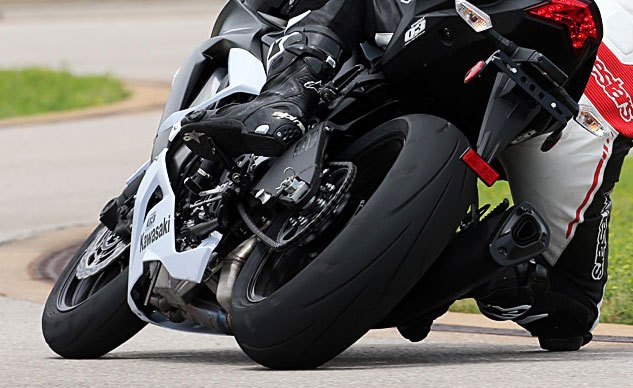









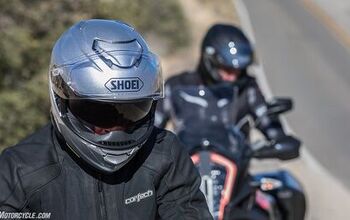
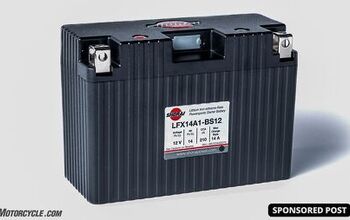
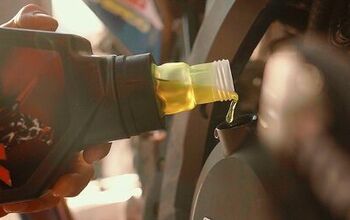
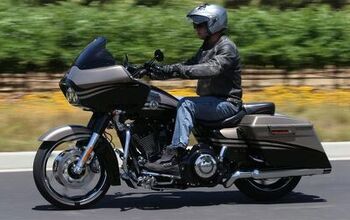














Comments
Join the conversation